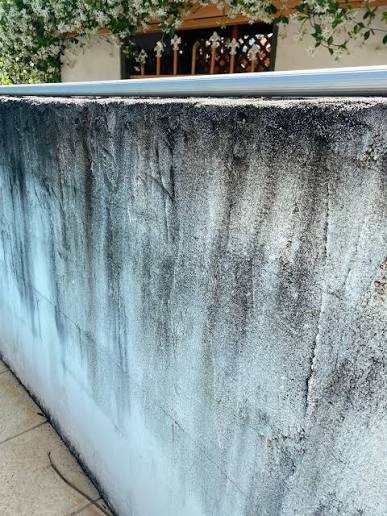-
Posts
23048 -
Joined
-
Days Won
185
SteamyTea last won the day on January 3
SteamyTea had the most liked content!
Personal Information
-
Location
Kernow
Recent Profile Visitors
27861 profile views
SteamyTea's Achievements

Advanced Member (5/5)
5.6k
Reputation
-

How do you install Compriband _under_ windows?
SteamyTea replied to Alan Ambrose's topic in Windows & Glazing
Does it make taking windows out harder as well? -

How do you install Compriband _under_ windows?
SteamyTea replied to Alan Ambrose's topic in Windows & Glazing
It was probably integral skin PU. Car steering wheels and office chair arm rests are made from it. Made hundreds of different tools to mould in over the years. Can be tricky to mould right as it is very temperature sensitive to get the correct skin thickness and consistency. Extruding it would be pretty cheap, once the machinery and dies were made. -
TL;DR I am a fan of water based paints. Also makes cleaning up easy. A good palm sander (1/4 sheet) is useful and I have found that brushes and rollers can be very variable. I dislike using large brushes or rollers, but then I have tiny hands and tendonitis. Good quality dust sheets that are easily washable i.e. not so large it would overload your washing machine. Radio that you don't car if it gets splattered. Radio 4 is my station of choice, you want a constant 'beat' and apart from the news, not much to get the pulse racing.
-
As the world transitions to more RE, future manufacturing will have a lower CO2e footprint. The easy way to compare is to find out where the kit is made, then look at that counties CO2e/GDP figures. Not perfect, but about as good as you will get.
-

Premier Tech Ecoflow
SteamyTea replied to Dave and Helen's topic in General Self Build & DIY Discussion
Where will you buy the coconut husks from when the supplier has vanished. Get a STP with a separate air blower. Blowers built in can be noisy. -

How do you install Compriband _under_ windows?
SteamyTea replied to Alan Ambrose's topic in Windows & Glazing
Most foams are polyurethane based, but can have other polymers added during manufacture, or diffused post manufacture. There are a number of different polymers added 'to the mix'. Acrylics are the most common, but polyolefin and ethylene propylene diene monomer are often used. Those two can control expansion times, water and weather resistance. Generally these slow expanding foams are open cell as it is hard to compress the air reliably in close cell, but also it makes them more dimensionally stable over a greater range of temperatures and air pressure differences. So best to create a secondary seal with a water and UV resistant sealant both sides, and tape if you can. I don't know the cost of a good product, but suspect it is a tiny part of the overall fitting cost. -

Triple glazed Vs double glazed patio doors
SteamyTea replied to flanagaj's topic in Doors & Door Frames
Really just a case of looking at the overall U-Value you end up with. While I only have standard 4-16-4 glazing in wooden frames, adding airtight secondary glazing has made a huge difference to comfort, especially noise reduction. Overall energy usage has dropped significantly as well. -
More botany than Physics, but I think it is to do with polar forces i.e. repulsion between surfaces, and cell membrane rupturing, which is caused by polar forces, but attraction to the cell nuclei, which breaks the cell wall. Quite simply, and as with most things, if it worked reliably, it would be common practice. https://chem.libretexts.org/Courses/University_of_Kentucky/CHE_103%3A_Chemistry_for_Allied_Health_(Soult)/05%3A_Properties_of_Compounds/5.03%3A_Polarity_and_Intermolecular_Forces
-
Self cleaning glass has a tiny crisscross pattern etched into the surface. The ideas is that water droplets form easier (because of water's high surface tension and less glass area to act on). Not very good long-term though. We used to use RainX on the Steamroom ceilings, that worked well, as did a weak detergent solution.
-
-
Not heard of them having a protective coating. Usually slightly dimpled, low reflective and transmittance, toughened glass. Probably caused by sappy leaves off the nearby tree.
-
Roof integrated them, would hardly be noticeable to a passerby. Maybe a few pictures of solar slates as an example, put point out that there may be a difference. I drove past this place a lot and never realised it had PV, and on closer inspection, it could have been a much better installation.
-
What orientation are those panels at. Not really seen moss on south facing ones. But then we get a lot of rain and high winds here. Regular cleaning is probably the easy way. I have a floor cleaner that washes windows brilliantly.
-
Worked in the health and leisure industry and we called them bacterial breeders.
- 9 replies
-
- hot tub
- insulation
-
(and 1 more)
Tagged with:










